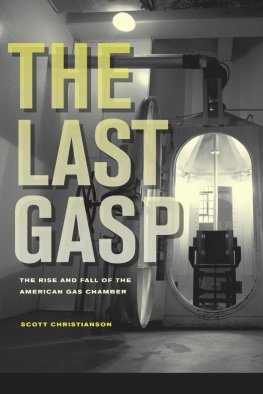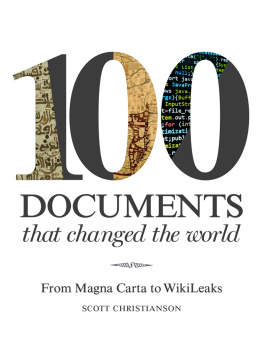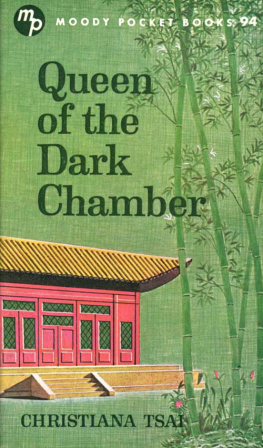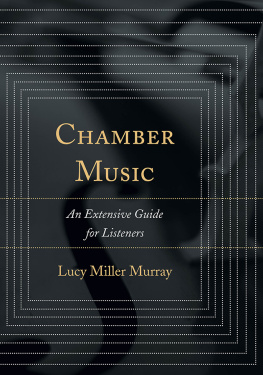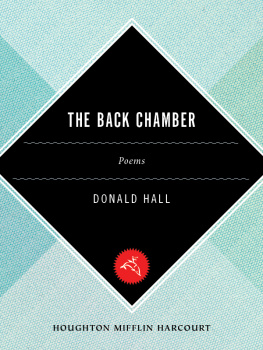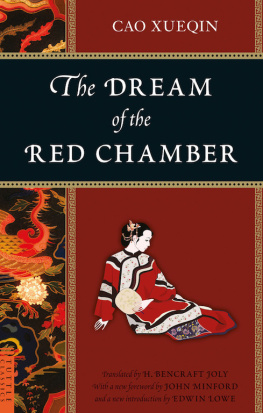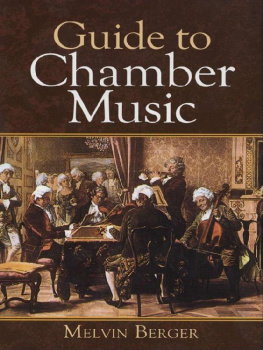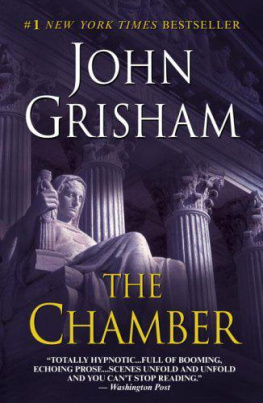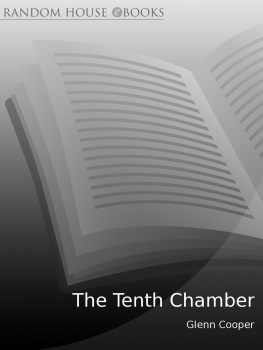The publisher gratefully acknowledges the generous
support of the Humanities Endowment Fund of the
University of California Press Foundation.
THE LAST GASP
OTHER BOOKS BY SCOTT CHRISTIANSON
With Liberty for Some: 500 Years of Imprisonment in America
Condemned: Inside the Sing Sing Death House
Innocent: Inside Wrongful Conviction Cases
Notorious Prisons: Inside the Worlds Most Feared Institutions
Bodies of Evidence: Forensics and Crime
Great Escapes: The Stories Behind 50 Remarkable Journeys to Freedom
Freeing Charles: The Struggle to Free a Slave on the Eve of the Civil War
THE LAST GASP
THE RISE AND FALL OF THE
AMERICAN GAS CHAMBER
Scott Christianson

University of California Press, one of the most distinguished
university presses in the United States,
enriches lives around the world by advancing scholarship
in the humanities, social sciences, and natural
sciences. Its activities are supported by the UC Press
Foundation and by philanthropic contributions from
individuals and institutions. For more information,
visit www.ucpress.edu .
University of California Press
Berkeley and Los Angeles, California
University of California Press, Ltd.
London, England
2010 by The Regents of the University of California
Library of Congress Cataloging-in-Publication Data
Christianson, Scott.
The last gasp : the rise and fall of the American gas
chamber / Scott Christianson.
p. cm.
Includes bibliographical references and index.
ISBN 978-0-520-25562-3 (cloth : alk. paper)
1. Gas chambersUnited StatesHistory.
2. Capital punishmentUnited StatesHistory
20th century. I. Title.
HV8699.U5C415 2010
364.66dc22
2009052476
Manufactured in the United States of America
19 18 17 16 15 14 13 12 11 10
10 9 8 7 6 5 4 3 2 1
This book is printed on Cascades Enviro 100, a
100% post consumer waste, recycled, de-inked fiber.
FSC recycled certified and processed chlorine free. It
is acid free, Ecologo certified, and manufactured by
BioGas energy.
For Myron and Jetta
Illustrations
Acknowledgments
With a project of this sort, there are countless individuals to thank for many things. I can only single out a few persons for acknowledgment, while attesting to the fact that I alone am responsible for any errors or other shortcomings.
I am especially thankful to Michael Laurence of the Habeas Corpus Resource Center in San Francisco for providing access to the voluminous materials compiled as part of his historic constitutional challenge to lethal gas executions known as Fierro v. Gomez, and also for sharing with me some of his personal observations and experiences involving Californias gas chamber. This study could not have been completed without his assistance. However, he had no editorial control over the final product. I have also benefited from the lifework and generosity of the great Anthony Amsterdam, who graciously served as an advisor to one of my earlier death penalty documentation projects, just as in the 1970s I gained much from my discussions with Jack Boger, David Kendall, and other brilliant lawyers who were then staff attorneys at the NAACP Legal Defense and Educational Fund, Inc., as well as from my frequent exchanges with the late Henry Schwarzschild of the American Civil Liberties Union Capital Punishment Project. A tiny but committed cadre of brilliant lawyers changed history in those years.
More recently I drew upon the tremendous work done on capital punishment by Deborah W. Denno of Fordham University Law School, Dick Dieter at the Death Penalty Information Center, Professor James Acker and Charles S. Lanier of the University at Albany Capital Punishment Research Initiative, David Kaczynski and Ronald Tabak of New Yorkers Against the Death Penalty, Jonathan Gradess of the New York State Defenders Association, and Michael L. Radelet of the University of Colorado, to name only a few people. I also drew from the works of Hugo Adam Bedau, William Bowers, Craig Haney, and Austin Sarat. My participation in a series of programs for the History Channel in 20002001 spurred me to expand my research on the American gas chamber and other execution methods.
My long-term interest in the eugenics movement, anti-Semitism, and the Holocaust were brought together by consulting the writings of Edwin Black, Stefan Khl, the late Carey McWilliams (one of my former editors), Joseph W. Bendersky, Robert J. Lifton, Robert Jan van Pelt, Michael Thad Allen, and many others. I was deeply affected by my visit to Auschwitz-Birkenau and Germany in September 2009. The staff of the Museum of Auschwitz-Birkenau were exceptionally kind and helpful. Discussions with Myron and Jetta Gordon, Dr. Felix Bronner, and Rabbi Bill Strongin also added to my understanding. I further benefited from interviews of Nicole Rafter as well as Jan Witkowski, Paul Lombardo, Garland Allen, Elof Axel Carlson, and other scholars associated with the Cold Spring Harbor Eugenics Archives, interviews I conducted when writing a piece about the Jukes for the New York Times.
While working on this book I was aided by archivists and librarians from several institutions, including the staffs of the state archives of Arizona, California, Colorado, Missouri, New Mexico, Nevada, North Carolina, and Wyoming, and the National Archives and Records Administration in College Park, Maryland, as well as librarians at the New York State Library, New York Public Library, California State Library, Bancroft Library of the University of California, Nevada Historical Society, Washington and Lee University Library and Archives, Caon City Public Library, University of Oregon Library and Archives, Hagley Museum and Library, Denver Public Library, Princeton University Library, and Nevada Department of Corrections and Arizona Department of Corrections. Among the historians who enhanced my knowledge of Nevadas first gassing were Guy Rocha, Phill Earl, and Bob Nylen. Robert Perske helped educate me about the Joe Arridy case in Colorado, and Dean Marshal shared his observations based on his long experience as a correction officer in Caon City. Former Eaton Metal Products Company employee Nancy Thompson described that firms history as the worlds first gas chamber builder.
I am indebted to Howard Brodie for permission to publish his extraordinary eyewitness drawing of Aaron Mitchells execution, and I appreciate the assistance provided by his son, Bruce Brodie. Hagley Museum and Library in Wilmington, Delaware, contains extensive information about E. I. DuPont de Nemours and Company and other chemical companies that proved very illuminating. Sam Knight of the Financial Times in London and Jane Wylen (daughter of Wallace Hume Carothers) also provided welcome assistance. Professor Anthony S. Travis of Hebrew University and the Leo Baeck Institute in London and author John V. H. Dippel kindly shared knowledge about German and American relationships in the chemical industry. Will Allen educated me about pesticides. My collaboration with the author and filmmaker Egmont R. Koch of Bremen, with whom I made a documentary film commissioned by the Arte and WDR television networks, has proven enormously valuablein part because it enabled me to visit many of the locations named in this book.
For background about the Zinssers and John J. McCloy (whom I had the privilege to meet in 1975), I wish to thank Alan Brinkley of Columbia University, Kai Bird, Jules Witcover; the law firm of Cravath, Swaine & Moore; and Muriel Olsson, Fatima Mahdi, and their colleagues at the Hastings Historical Society.
Next page

